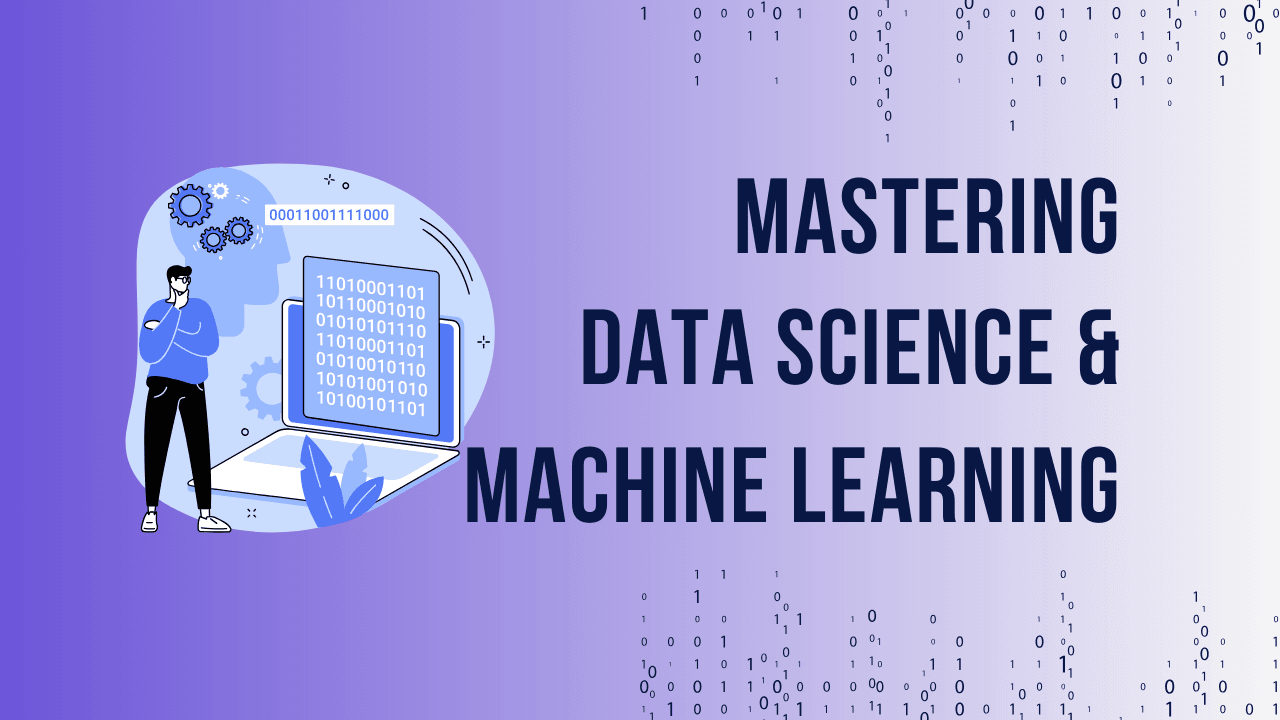Table of Contents
ToggleIntroduction
India’s agriculture sector is the backbone of its economy, employing nearly 60% of the population. However, it has been plagued by inefficiencies such as low productivity, outdated farming techniques, and unpredictable weather conditions. With the advent of data science, the potential to revolutionize the agricultural sector has become increasingly evident. Data-driven insights are helping farmers make better decisions, optimize their resources, and improve crop yields. But how exactly is data science transforming agriculture in India? Let’s dive in.
Challenges Facing India’s Agriculture Sector
Agriculture in India is no stranger to challenges. From declining soil health to water shortages, farmers face many issues that impact their livelihoods.
Declining Productivity
India’s agricultural productivity has been relatively stagnant in recent years. A large number of farms rely on traditional methods, which, though effective in the past, cannot keep up with today’s demand. Factors like inefficient use of resources, lack of technological integration, and unpredictable climate changes contribute to lower yields.
Water Scarcity and Soil Degradation
India’s agriculture depends heavily on water, and the country is experiencing a critical water crisis. Groundwater levels are depleting, while soil quality is diminishing due to overuse of chemical fertilizers. This leaves farmers struggling to produce enough food for the growing population.
Lack of Access to Modern Tools and Information
Most farmers in India, especially smallholders, lack access to modern tools, information, and knowledge that could help them improve their yields. This gap between technology and traditional farming often results in inefficient practices and crop losses.
The Role of Data Science in Agriculture
Introduction to Data Science
Data science is the practice of using advanced analytical techniques, algorithms, and artificial intelligence to extract meaningful insights from large sets of data. In the context of agriculture, data science enables farmers to understand patterns in weather, soil conditions, crop health, and market prices. With this information, they can make more informed decisions and optimize farming practices.
How Data Science is Transforming Traditional Farming
The integration of data science into agriculture is like giving farmers a crystal ball. By analyzing data from various sources such as satellites, drones, and IoT sensors, farmers can get real-time insights into their crops and fields. This helps them reduce waste, save water, and improve productivity.
Key Technologies Driving Data Science in Agriculture
Artificial Intelligence (AI)
AI plays a crucial role in automating decision-making processes in agriculture. From recognizing patterns in weather data to identifying pests through image recognition, AI-driven tools make farming more efficient.
Internet of Things (IoT)
IoT devices are transforming agriculture by connecting fields and farms through smart sensors. These sensors collect data on soil moisture, temperature, and crop health, allowing farmers to take timely actions and monitor their fields remotely.
Machine Learning (ML)
ML algorithms analyze historical data to predict future events, such as weather patterns or potential pest outbreaks. These predictions help farmers prepare in advance and mitigate risks.
Predictive Analytics
Predictive analytics in agriculture involves using data from past seasons to forecast future outcomes. Whether it’s predicting the best time to plant or estimating crop yield, predictive analytics enables farmers to optimize their resources.
Applications of Data Science in Agriculture
Precision Farming
Precision farming is one of the most significant innovations driven by data science. By analyzing field data, farmers can target specific areas of their land that need water, fertilizer, or pest control. This reduces waste and ensures crops get exactly what they need.
Crop Monitoring and Forecasting
With the help of satellite imagery and sensors, farmers can monitor the health of their crops in real time. They can detect signs of stress early on, allowing them to intervene before significant damage occurs.
Soil Health and Fertility Management
Data science tools allow farmers to assess soil quality and fertility more accurately. By analyzing soil data, they can apply the correct type and amount of fertilizers, improving soil health and crop productivity.
Optimizing Water Usage with IoT Sensors
Water scarcity is a pressing issue in India, and IoT sensors can help manage water usage more effectively. These sensors monitor soil moisture levels and suggest optimal irrigation schedules, saving water while maintaining healthy crops.
Case Studies of Data Science in Indian Agriculture
Smart Irrigation Systems
In parts of India, smart irrigation systems are being implemented using IoT and data analytics. These systems ensure water is used efficiently by monitoring soil moisture and weather patterns. Farmers have reported significant water savings and improved crop yields as a result.
Yield Prediction Models
Yield prediction models use machine learning algorithms to analyze factors like weather, soil conditions, and past crop performance to forecast crop yields. Farmers can use these models to make informed decisions about crop selection and market timing.
Remote Sensing for Crop Health
Remote sensing technology, combined with data analytics, helps monitor the health of crops from a distance. By using satellite images, farmers can detect changes in plant health and take corrective actions before it’s too late.
Benefits of Data Science for Farmers
Improved Decision-Making
Data-driven insights empower farmers to make better decisions. They can optimize resources, reduce waste, and increase efficiency in their farming practices.
Increased Crop Yield and Profitability
By leveraging data science tools, farmers can maximize their crop yields, leading to higher profitability. Precision farming and predictive analytics ensure crops receive the care they need at the right time.
Sustainable Farming Practices
Data science promotes sustainable farming practices by minimizing the overuse of fertilizers, water, and pesticides. This not only benefits the environment but also enhances long-term soil health.
Government Initiatives and Support
National e-Governance Plan in Agriculture (NeGP-A)
The NeGP-A aims to provide farmers with better access to information and services through technology. By integrating data science into its programs, the government is helping farmers make more informed decisions.
PM-KISAN Scheme
The PM-KISAN scheme offers financial assistance to farmers, and data analytics helps ensure the scheme reaches the right beneficiaries. With the help of data-driven insights, the government can better allocate resources and monitor progress.
Role of Agri-Tech Startups
Agri-tech startups in India are playing a crucial role in bringing data science tools to farmers. These startups are developing platforms and applications that provide real-time data on weather, soil conditions, and crop health, making it easier for farmers to adopt modern farming practices.
Conclusion
Data science is transforming India’s agriculture sector by improving efficiency, boosting yields, and promoting sustainability. Although there are challenges in its widespread adoption, the potential benefits for farmers and the economy as a whole are enormous. As data science continues to evolve, so will its impact on Indian agriculture.
FAQs
How can small farmers benefit from data science?
Small farmers can benefit from data science through precision farming, crop monitoring, and optimized resource management, improving yields and profitability.What is precision farming and how does it work?
Precision farming uses data to target specific areas of the field for treatment, ensuring crops get exactly what they need, reducing waste, and increasing efficiency.How is AI used in Indian agriculture?
AI helps by analyzing data, predicting weather patterns, detecting pests, and automating decision-making processes in agriculture.What challenges exist in implementing data science in agriculture?
Challenges include limited data availability, low digital literacy among farmers, and poor infrastructure in rural areas.What are the future prospects for data science in India’s agriculture sector?
The future looks promising with emerging trends like drone technology and blockchain, as well as increased collaboration between the government and agri-tech startups.


